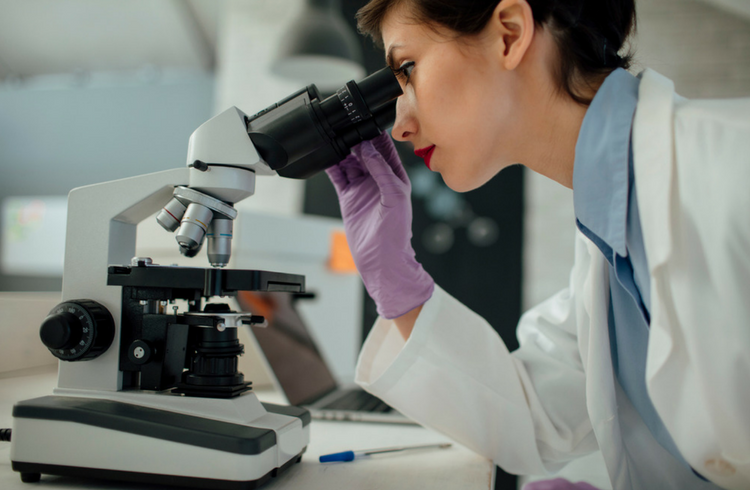Our Work Areas
Science
Our scientific understanding of breast cancer and environmental risk factors has evolved rapidly in the last two decades. We’ve learned that low doses of some chemicals may increase risk to disease, that combinations of chemicals (mixtures) have different effects than single chemicals alone, and that there are distinct subtypes of breast cancer. We’re also beginning to understand the interaction between environmental exposures and genetic and social factors.

Exposures to avoid
The food we eat, the air we breathe, the water we drink, and the products we use may contain chemicals or other physical elements known to cause breast cancer.
Exposures to Avoid
Glossary of exposures
We’ve reviewed the evidence linking more than three dozen chemical and physical agents to breast cancer. For each, we explore the scientific evidence and provide tips for avoiding these exposures.
Glossary of Exposures
Low dose effects and timing of exposures
Scientific evidence now shows that some chemicals, especially endocrine-disrupting compounds, can exert negative effects at extremely low levels of exposure, sometimes with more serious or different effects than at higher doses. The timing, duration, and pattern of exposure are just as important as the dose. While it’s good to limit exposure to toxic chemicals and radiation at every stage of life, it is even more important during critical periods, including gestation, childhood, and pregnancy.
Read More
Mixtures and interactions
Repeated, low-dose exposures occur for an array of chemicals every day. Some chemicals are used in multiple products and may also be present in air and water, and many of the products we use routinely contain many chemicals of concern. The social and biological contexts in which those exposures occur are important for understanding breast cancer risk. Research suggests that exposure to different kinds of mixtures affects breast cancer risk, but only a small number of those combinations have actually been tested.
Read More
Genetics
Cancer cells behave differently than normal, healthy cells and tissues. For a long time, cancer was thought to occur because of mutations in the genes (DNA) in individual cells. Newer understandings suggest that the picture is more complex.
Read More
Breast cancer subtypes
Breast cancer is not a single disease, and different cancer subtypes may be associated with different traditional risk factors.
Read More
Breast cancer statistics
Globally, breast cancer affects more women than any other type of cancer and is the leading cause of cancer-related deaths among women.
Read More
Hormone disruption and breast development
Low doses of EDC’s, especially during critical stages of development can increase the risk of adverse health effects including cancers, neurodevelopmental and neurodegenerative diseases, metabolic disorders, asthma and immune disorders.
Read More
Position Statement on Animal Testing
BCPP shares the concerns of people around the world whose health is compromised by exposure to toxic chemicals in personal care products, other consumer products and a whole host of industrial emissions. We also share the concerns of people who care deeply about the impact of these chemicals on lab animals, companion animals and wildlife, and the health of the planet for future generations.
We have all inherited a flawed system of managing chemicals and pharmaceuticals. One of the major flaws of this system is unnecessary testing on animals to determine risk to human health.
BCPP does not support unnecessary, repeated or senseless testing of toxic chemicals on animals, and supports all efforts to seek a methodology that would replace animal testing while ensuring that safety testing meets the most rigorous standards to protect human health and the health of the planet. We believe that the overall goal of reducing animal testing while protecting human and wildlife health can be achieved with more efficient testing protocols, a reduction in unnecessary or duplicate testing, ongoing research of available alternatives, and better dissemination of existing studies.
The health of the planet and all life on it requires that we work together toward a sustainable future. BCPP’s role in building that future is an overhaul of current chemical policy, which is built on the amount of risk that is “acceptable” rather then the amount of risk that is avoidable. A fundamental change in the way the market and the government view exposure to toxic chemicals will benefit all species.
FEATURED VIDEO
BCPP: Exposing the Cause is the Cure
We’re preventing breast cancer before it starts by eliminating our exposure to toxic chemicals and radiation.
